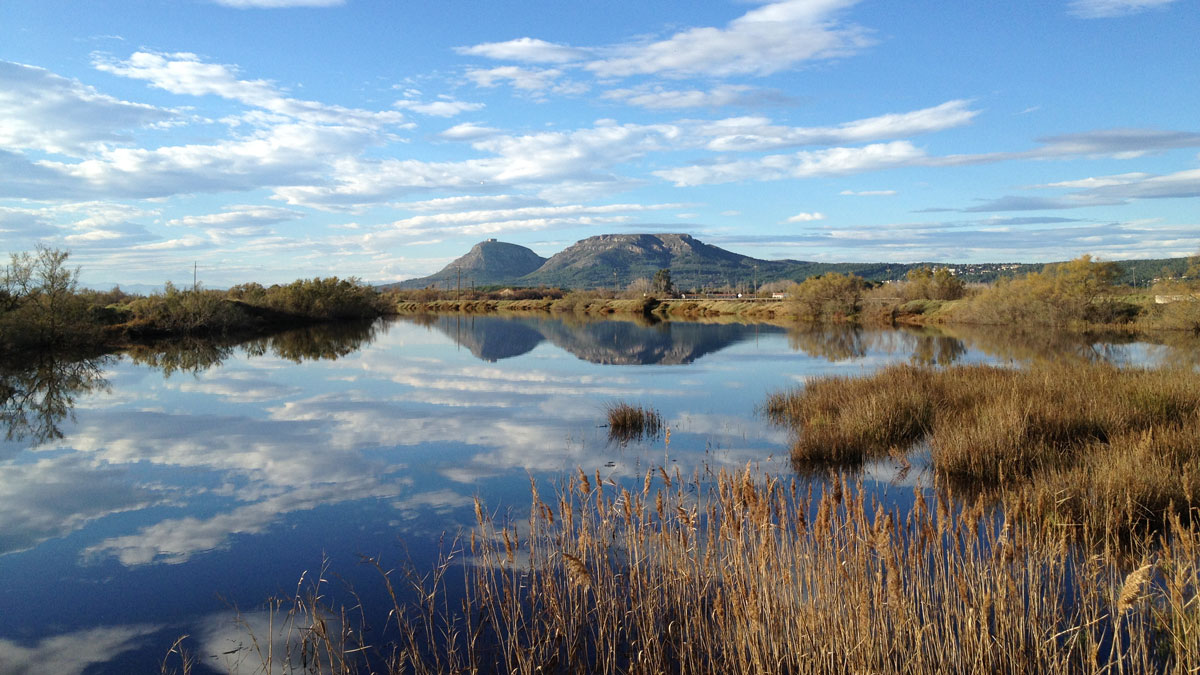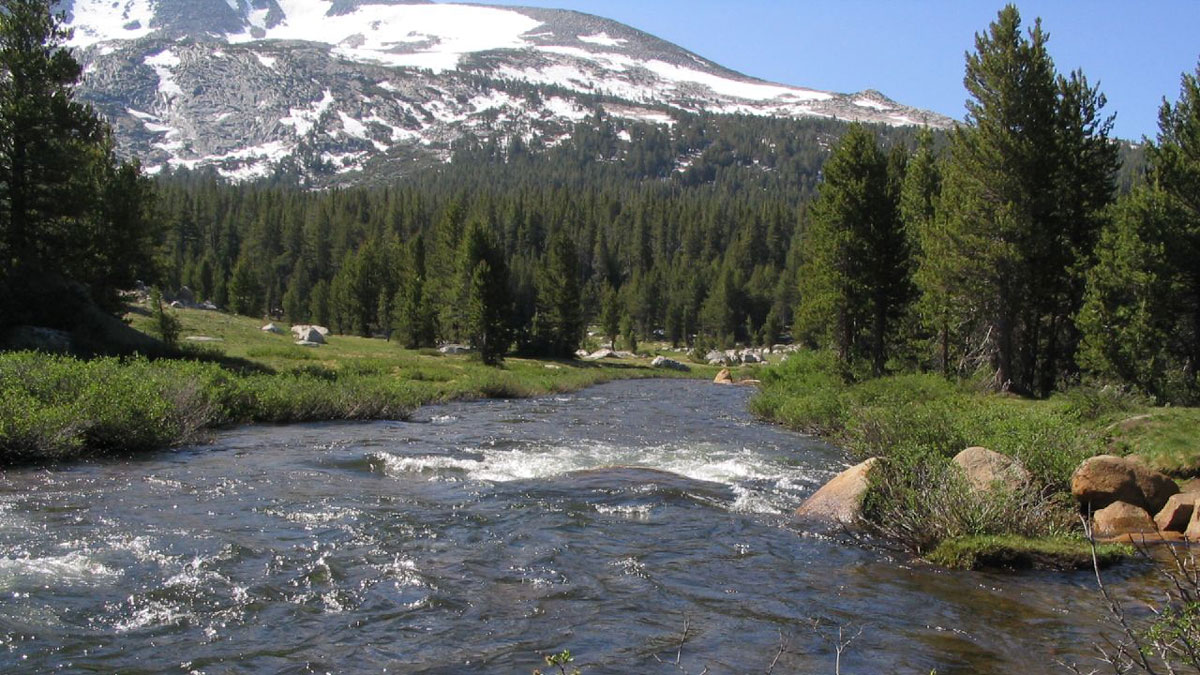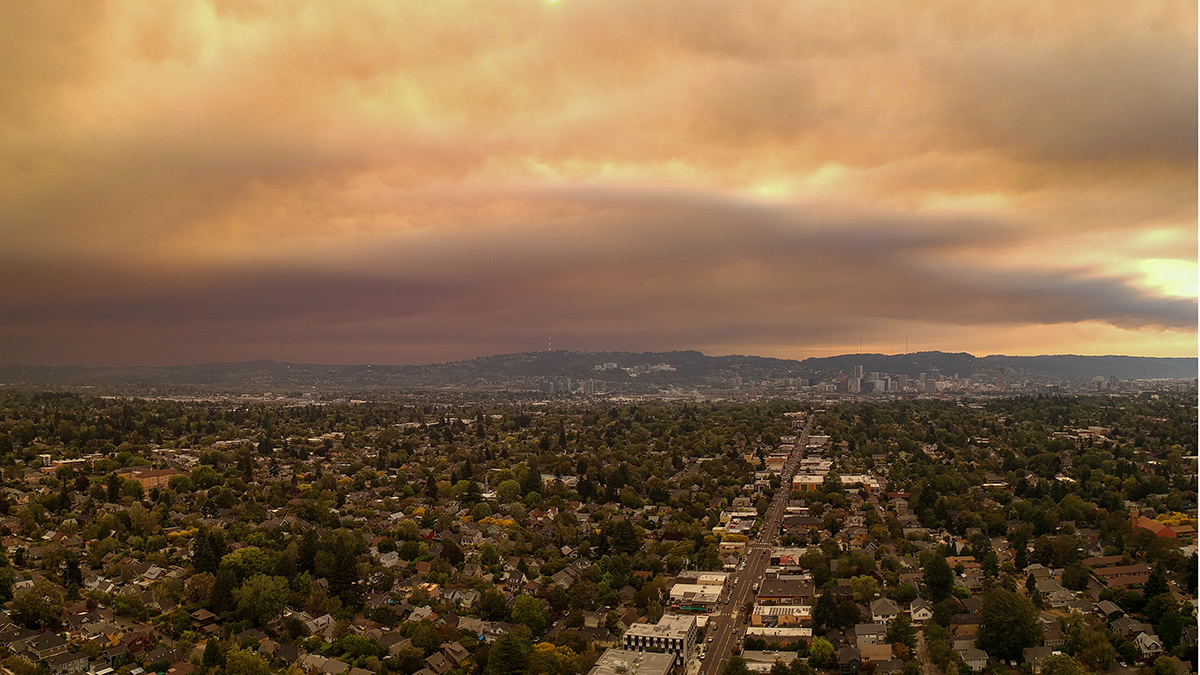PFAS pose a public health risk, but there are major gaps in our knowledge of how these chemicals move through the ground.
Health & Ecosystems
What Drives Hillslope Connectivity?
Hillslopes play a critical role in linking ecosystems. Understanding the forces that drive their connections can help us to better understand adaptation in the face of climate change.
Seeing Through Turbulence to Track Oil Spills in the Ocean
After oil and tar washed up on eastern Mediterranean beaches in 2021, scientists devised a way to trace the pollution back to its sources using satellite imagery and mathematics.
El cambio climático podría cambiar el perfil patogénico de las enfermedades diarreicas
Una enfermedad causada por rotavirus podría disminuir a medida que aumenta la temperatura, mientras que las condiciones más húmedas podrían favorecer a algunos competidores bacterianos.
Factors in the Severity of Heat Stroke in China
When temperatures exceed 36°C and relative humidity passes 58%, citizens in China may experience heat stroke.
El aire nocivo a la salud podría volverse rutinario en el Pacífico Noroeste
Si el mundo continúa utilizando combustibles fósiles, la contaminación por partículas finas derivadas del humo de incendios podría duplicarse de finales de verano a inicios de otoño en el área del Pacífico Noroeste en los EE.UU. para el año 2100.
The Shapes of Shrimp Farms Affect Their Groundwater Pollution
New findings may help decisionmakers optimize shrimp farm layouts, which could help improve coastal water quality.
Building Resilience in the Face of a Dwindling Colorado River
Policymakers, industry and conservation professionals, and tribal members explore pathways to a sustainable future for the millions of people reliant on the “lifeblood of the American West.”
The Effects of Climate Change on U.S. Suicide Rates
Suicide incidence could increase by up to 1,660 cases annually, depending on how much the climate changes.










